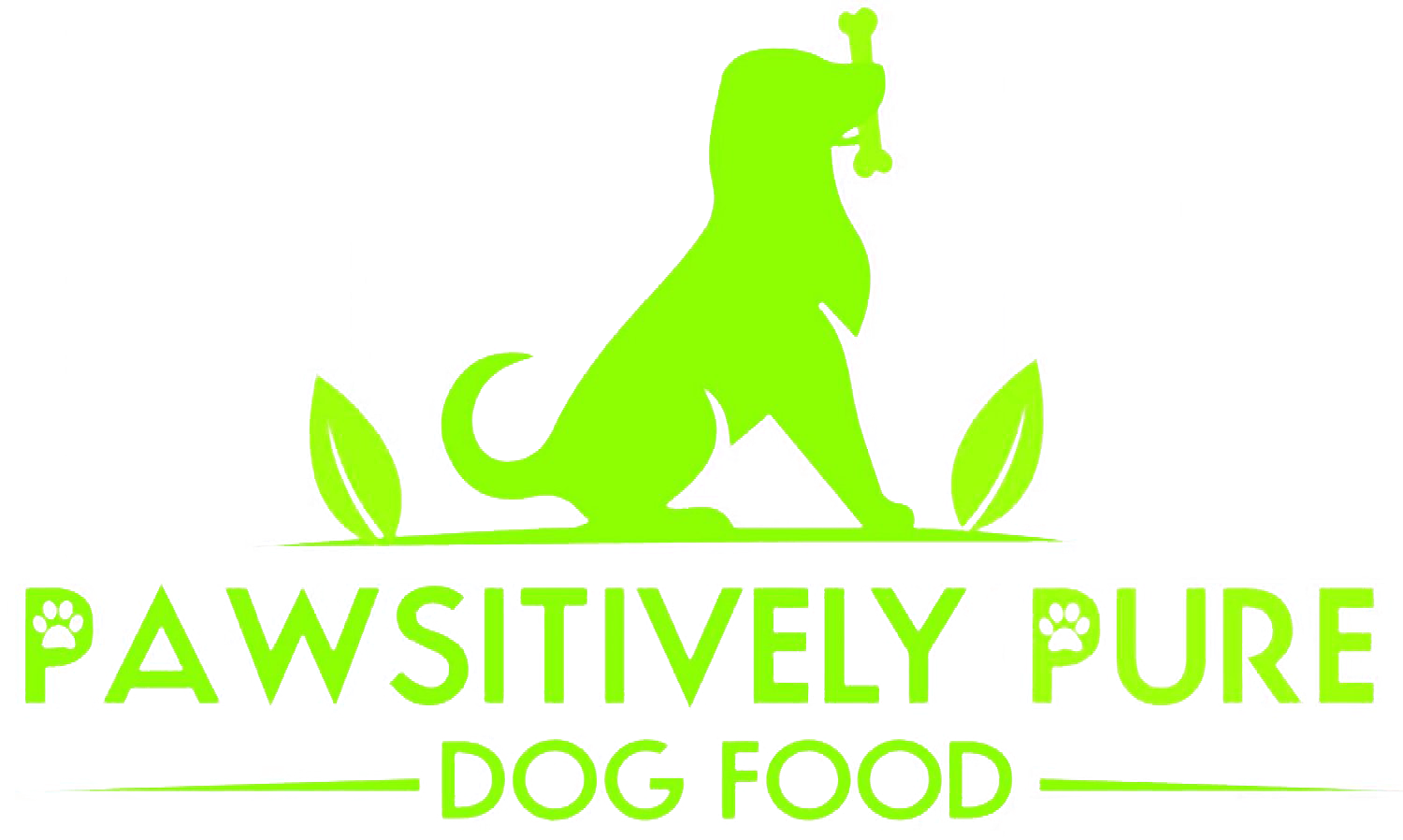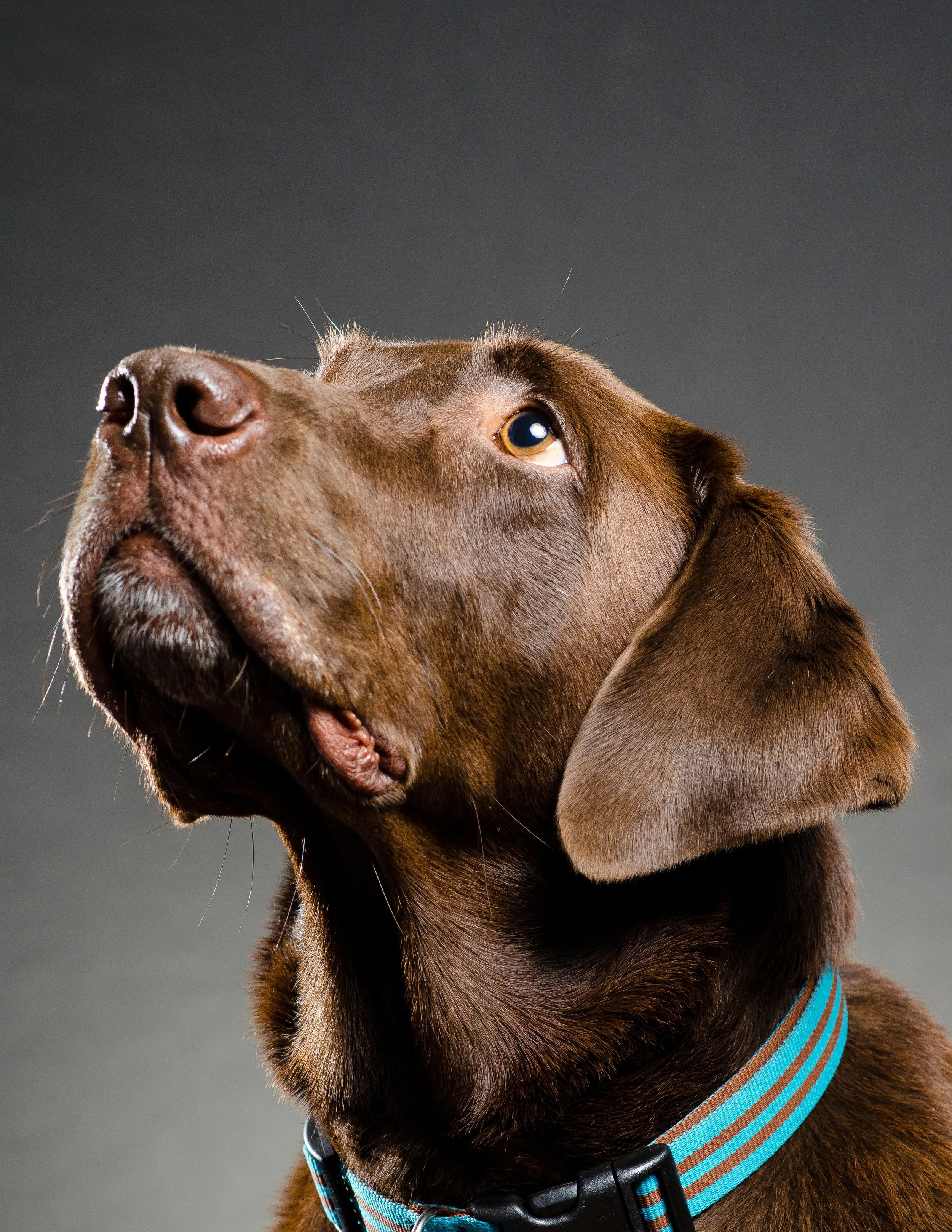A diagnosis of arthritis can be a particularly disheartening thing to hear from your veterinarian. After all, our dogs are at their best when they’re able to run and play with their humans and their friends, but the pain and discomfort from arthritis inflammation can put a real damper on those activities. What’s more, arthritis isn’t just an issue for senior dogs. Younger dogs can encounter the chronic pain associated with arthritis if they deal with hip dysplasia or have had a serious injury. According to PetMD, arthritis is becoming one of the most common health issues in dogs.
While arthritis will change your dog’s daily activities, they can still get exercise, have fun, and have a great quality of life with your help and the help of your veterinarian. In fact, our Jackson dealt with arthritis later in his life, but he still went on walks and played away the days right through his 14th birthday.
Signs Your Dog May Have Arthritis
While most dogs enjoy hours of naps throughout the day, sometimes extra time in bed can be indicative of an issue. If you’ve noticed a recent decline in your dog’s interest in walking, running, or playing, they may be resting because activity is uncomfortable. Additionally, if you notice your dog limping, hopping, or otherwise walking in an unfamiliar manner, they’re probably experiencing pain in a specific limb or limbs. Other telltale signs include difficulty getting up from a down position and reluctance to use stairs. Of course, these things can happen from time to time, so if you notice any of these symptoms, it’s important to schedule an appointment with your vet right away.
Caring For a Dog With Arthritis
Once your veterinarian has given your dog a diagnosis of arthritis, they should schedule you for any necessary medical treatments to reduce inflammation and ease the movement of their joints. While there are current treatments to reduce arthritis pain, arthritis cannot be cured; however, there are things you can do at home to help alleviate discomfort and allow your dog to stay active and healthy.
Monitor Their Diet
Your dog’s diet might be the most important factor in their arthritis management. A healthy diet will help your dog maintain a healthy weight; obesity and excess weight can cause strain on the joints, exacerbating the symptoms of arthritis. What’s more, exercise is difficult for dogs with arthritis, so a proper, weight-conscious diet is your dog’s first line of defense against obesity and the health conditions related to it.
Your veterinarian may recommend a diet to help manage your dog’s weight. The best dog foods for weight management don’t have fillers and should be packed with wholesome proteins and vegetables that offer complete nutritional support. Additionally, you should add a few supplements to your dog’s diet to help manage symptoms. Omega-3 fatty acids act as natural anti-inflammatories. Glucosamine helps build healthy cartilage. Consult with your vet before overhauling your dog’s diet.
Make Adjustments to Facilitate Movement
If you have a senior dog at home, you may have already made a number of adjustments to help them move about freely. If your dog can no longer climb stairs due to arthritis pain, make sure to set up a safe space downstairs with their favorite toys and sleeping space. Speaking of sleeping spaces, make sure your dog has a comfortable bed where they can rest. If your dog sleeps in a kennel, make sure it is well-padded so that they don’t experience discomfort from exposed bars. Some pet supply companies even offer orthopedic beds for dogs, like the BarksBar Snuggly Sleeper which is made with orthopedic foam.
You may want to consider installing ramps to areas your dog likes to access, like couches and beds. Additionally, make sure your flooring is slip-free, as any sliding or spills can be particularly painful for a dog with arthritis.
Exercise, But Do It Comfortably
As we mentioned above, exercise is difficult for dogs with arthritis. However, physical activity is important to help your dog keep their muscle tone, improve circulation, and avoid future injury. When you go for walks, allow your dog to set the pace. Hydrotherapy is another great option to help your dog stay fit, as it’s extremely low-impact and can be soothing on your dog’s joints.
Your vet may recommend a few sessions of physical therapy and massage to help put you on the right track, but you can also do your part to work toward your dog’s physical health at home. Give your dog a gentle massage after exercise, being careful not to apply pressure directly to joints.
Be Patient
Your dog is probably experiencing some frustration that they can’t be as active as they once were. We know it can be difficult to watch your dog having difficulty with movement and play, but offer them plenty of patience and give them space to move at their own pace. It will take some time for both you and your dog to adjust to a new lifestyle, but their unconditional love and companionship is worth all the effort.
Health Begins With a Good Diet
Your dog’s overall health begins with a solid diet that addresses all of their unique needs. Pawsitively Pure’s gently cooked, human-grade dog food offers wholesome nutrition and easily blends with your dog’s vitamins and supplements. Bone broth is also a great source of gelatin and glucosamine to support joint health. Head over to our online shop and order yours today.





